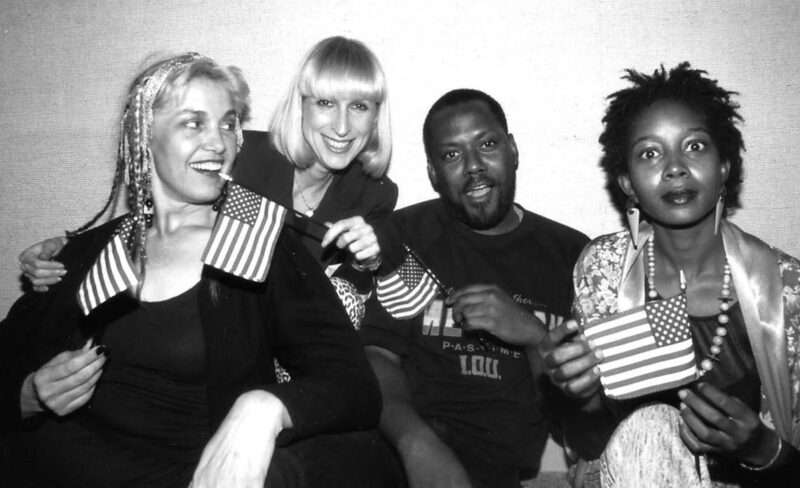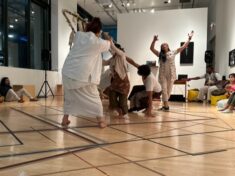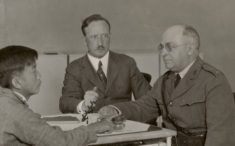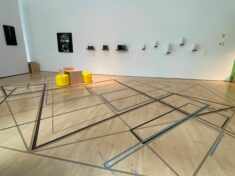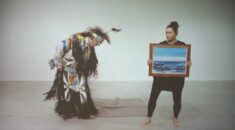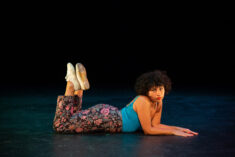About the event
This event is free and open to the all, you must register here to attend.
Jacki Apple’s radio works provide a wide view of the ambivalent entanglement that shapes belonging. A pioneer in multimedia performance, sound and radio, her practice was deeply collaborative and experimental, pushing boundaries and shaping what is now an established art form of multimedia performance. She bridged the downtown New York and west coast performance scenes in the very early 1980s and 1990s and was a deeply influential mentor, teacher and artistic collaborator. Please join her archivist Emily Waters and her early collaborators Ulysses S. Jenkins, Jeff McMahon, Martha Wilson for an investigation of Jacki Apple’s artistic life, performances, and legacy.
In the exhibition We Are Beside Ourselves, three of her immersive audio/radio artworks from the 1980s/early 1990s, are accompanied by projected archival images and highlighted text excerpts was created with the artist specifically for this space just before her recent death. These artworks serve as art historical touchstones and at the same time, their themes and tone resonate with the fragilities and possibilities of contemporary social and political life with uncanny precision.
Redefining Democracy in America, made in the early 1990s, raises questions about who speaks, who is listened to, who is heard, who is silenced, and how that has shaped our present social reality. Strikingly pertinent today, the push and pull of the collaborative process to create this piece resulted in such an uncompromisingly honest artwork. Voices in the Dark imagines the cosmos as an audio archive of information broadcast to the stars, a repository of human (and perhaps other) histories in which time melts and language dissolves into signals. Is there anyone listening and how do they interpret what they hear? How do we/they distinguish between real events and people, and media-generated fictions? Are we the “they”? We say we want to contact the Other, when in fact what we search for is a mirror of ourselves. In The Garden Planet Revisited, an astronaut the paragon of late twentieth-century technological man hurtles through time and space. Stranded on a station, abandoned and alone, he is on a mission without end. Simultaneously, the inhabitants of an unnamed place search amongst the architectural remains, gather stories, rumors, myths from Messengers and Witnesses, as they try to reconstruct what happened in the time before “the cities shifted and the Earth turned.” Is it a memory, a dream, a hallucination, a prophecy?
